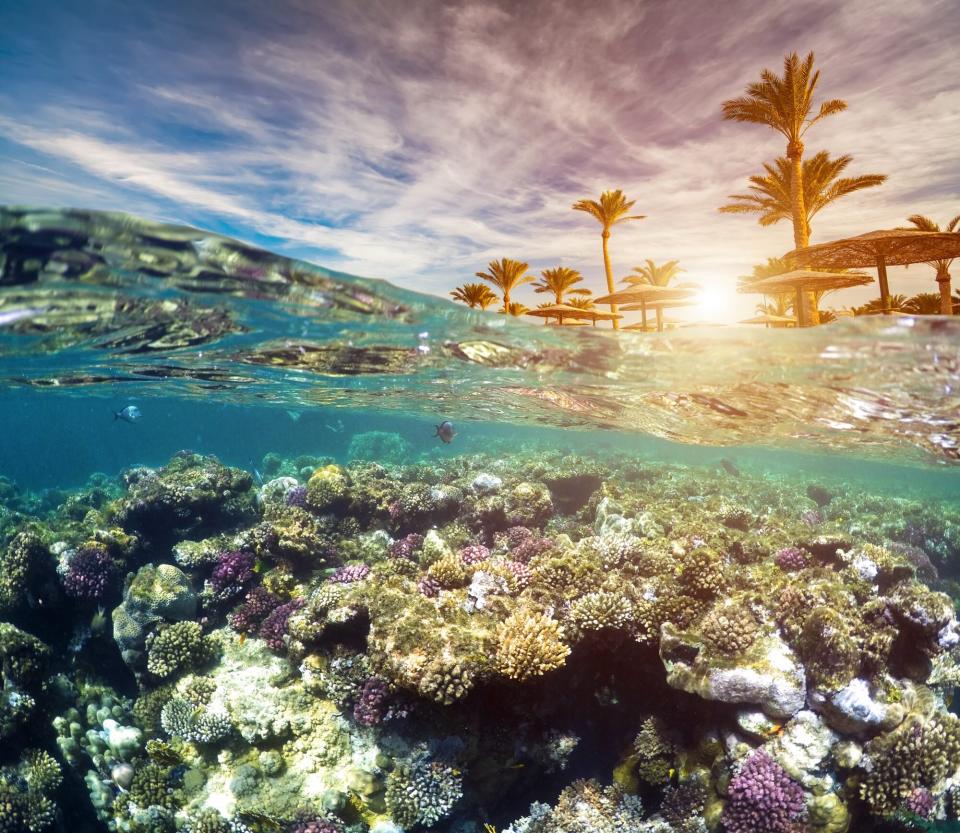New Research Says Stony Corals Could Survive Climate Change Due to Their Human Bone-Like Structures
There's good news coming out of the ocean! Rutgers University researchers discovered that certain types of coral—stony corals, specially—feature biominerals with a blend of proteins almost like human bones. Why is this important? That skeleton-like structure can actually help them withstand the effects of climate change. While the overall change in our planet's climate and rising temperature continue to impact the the earth, in their study published in the Journal of the Royal Society Interface, this team of scientists explain that certain types of coral are actually in less danger that previously thought due to this unique structure.

Anton Petrus / Getty Images
"Our research revealed an intricate network of skeletal proteins that interact spatially, which likely applies to all stony corals," said Manjula P. Mummadisetti, a lead researcher and postdoctoral associate in the Rutgers Environmental Biophysics and Molecular Ecology Laboratory. "It's important to understand the mechanisms of coral biomineralization and how these invaluable animals persist during the era of anthropogenic climate change."
The team's discoveries are especially helpful to understand how corals will change as the world around us continues to evolve. "Our findings suggest that corals will withstand climate change caused by human activities, based on the precision, robustness, and resilience of their impressive process for forming rock-hard skeletons," said Paul G. Falkowski, a senior author and professor in the School of Arts and Sciences and School of Environmental and Biological Sciences at Rutgers University-New Brunswick.
Coral reefs themselves are essential to protect our bodies of water, as they defend shorelines from potential damage created by erosion and storms alike. Plus, they offer a place of refuge for fish (habitats, nurseries, and spawning areas). The scientists noted that the proteins they create are well-organized spatially to contribute to biomineralization, which is the secretion of calcium carbonate that allows corals to build reefs.

